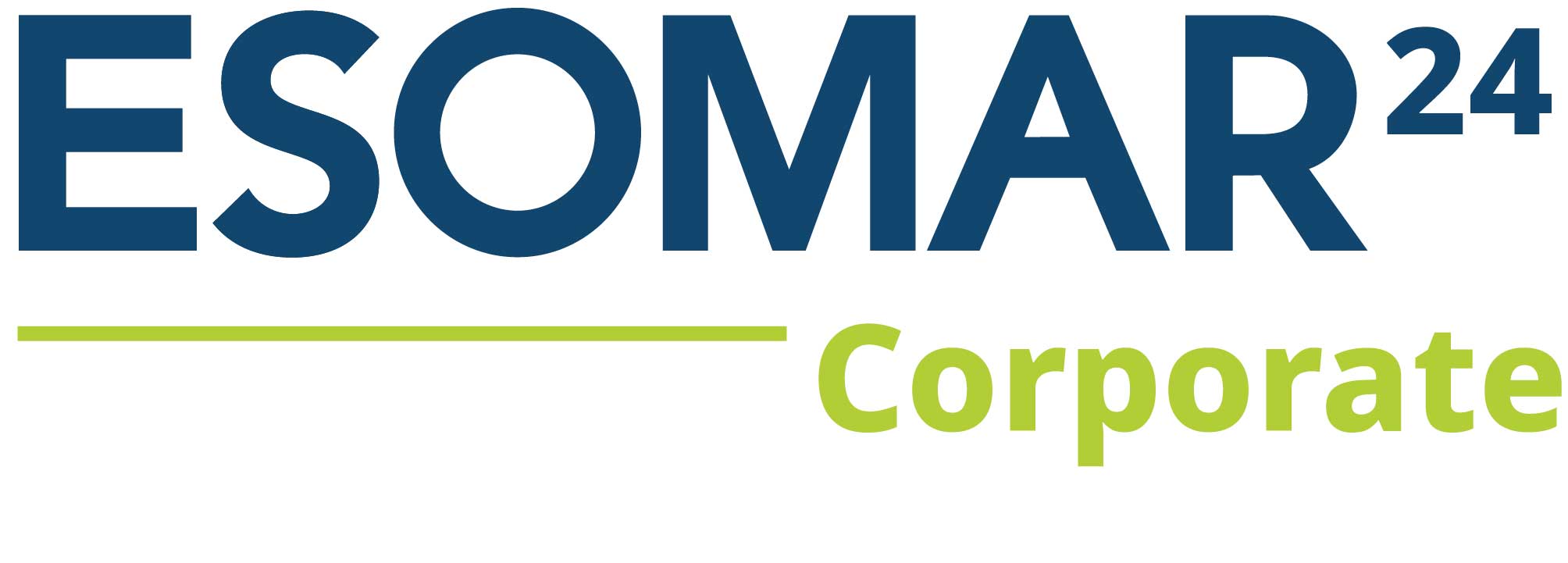Market Research Back Translation
22nd July 2016
What is ‘back translation’, and does it really improve quality assurance?
Back translation describes the process of translating a document into the target language, e.g. translating an English survey into French, and then translating this French text back into English. This is often seen as a way of making sure that the original translation, into French, correctly conveys the intended meaning and information contained within the original English source file.
However, there are some inherent problems in using this method as a means of quality assurance and it is not something we tend to recommend. The main issue is that language is not mathematics. For example, 2 +2 = 4 and 4-2 takes us back to 2 again. By using numbers, it is very clear what is happening and the results will always be the same. But the description of even this simple equation can change once a language, rather than maths is used – “two plus two equals four” is correct, but so is “two and two equals four” or “ two add two equals four”. One might suggest that one version sounds better than the other but on the stylistic preferences side, all three versions are correct and yet each version is slightly different.
These slight differences are amplified once a document has been through the process of back translation. The original file will have been written in English by Author A, translated into French by Author B, and then translated from French back into English by Author C. The end result, produced by a chain of authors, will mean that the original English file and the ‘back translated’ English file will look similar, but it’s impossible for them to be identical due to the subtle choices made by each linguist / Author during the creative process. Given that the desired result (that the back translation is almost identical to the original source file) is virtually impossible to achieve, back translation is not deemed to be an effective method of quality control.
The best solution to achieve effective quality control is to have the translation proofread by a second, independent third-party, linguist. The proofreader can often suggest alternatives for certain phrases and terms, in a similar vein to an editor or copywriter, allowing you and your Client to decide which style or version best suits your product or target audience. Proofreading provides an extra level of assurance and ensures that the translation conveys the exact intended meaning of the source document. Proofreading is invariably recommended for legal and medical texts and is a more accurate way of ensuring end quality as compared to back translation, which, as demonstrated above, can be a rather futile process.
More information about proofreading services can be found here, with further discussion on the topic in one of our earlier blogs – Why bother with proofreading?
So if you’re looking to improve quality assurance when having your surveys, briefs, marketing material, proposals or any other documentation translated, contact Foreign Tongues Translation for your free, no obligation, quote.
